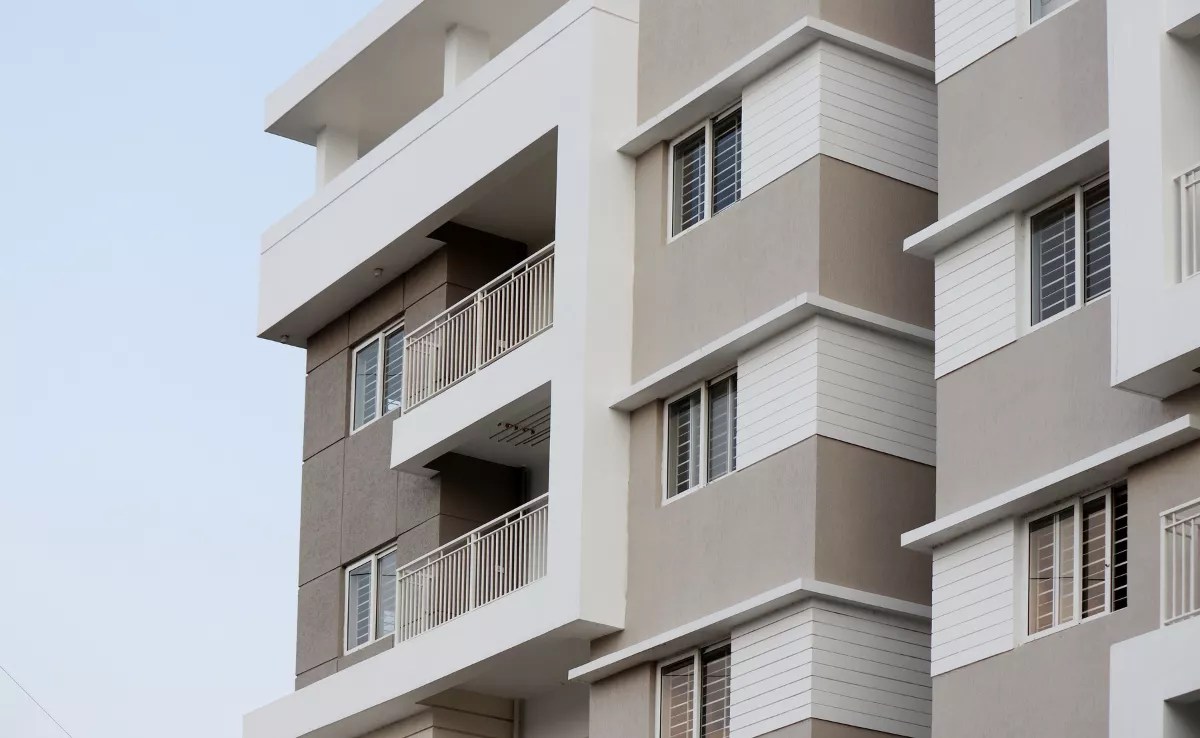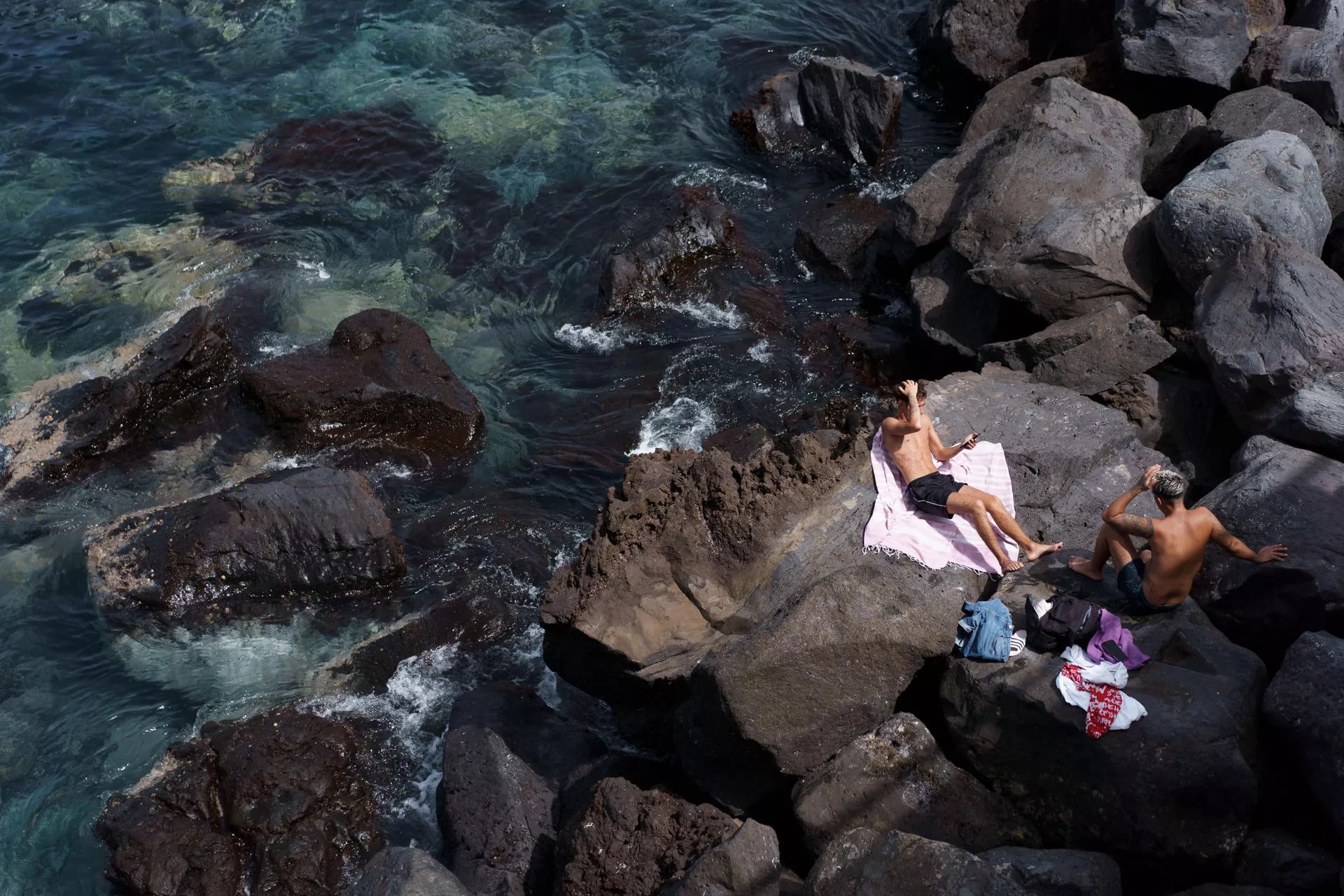The passage of the squall Oscar leaves in the gran canaria island accumulated over 50 liters per square meter in the midlands of the south and southeast, in the stations of St. Lucia and Tunte, with 28.6 only yesterday, and also at higher levels, such as the surroundings of Cruz Grande, where during the day on Wednesday 22 liters per square meter were collected, making several caideros run for several hours, such as the one in the ravine del Negro, located in the vicinity of Ayacata. All this accompanied by very strong gusts of wind, which caused some minor landslides on the interior roads, without having to report the closure of any road. Although there was a significant retention, such as the one that happened around half past four in the afternoon on the GC-1 at the height of the Mirador in a southerly direction due to the fall of a signal on the road, to restore normal traffic around six pm.
The worst part of this episode is borne by the fruit trees of the northwest and southwest slopes, it occurs with avocados, which at this time of filling the fruit have suffered the consequences of air speeds, whose maximums were around 70 kilometers per hour in the Agaete Valley, The Village of San Nicolás and Cruz de Tejeda, locating for the second consecutive day the maximum of the archipelago in Las Cañadas del Teidewith 93 kilometers per hour, and in Vallehermoso, with 92.
an unusual embarrassment
It should be noted that this type of storm for a month of June is unprecedented in decades, to the point that it was monitored by the Florida National Hurricane Center for its special characteristics, among which is its extremely high humidity load, which explains the powerful sensation of embarrassment that was experienced yesterday at the lowest levels, with percentages above 70% relative humidity, combined with temperatures close to 30 degrees Celsius.
This meteorological phenomenon reached the western islands with more intensity, with records only for this Wednesday of more than 72 liters per square meter in El Roque de Los Muchachos or 46 in El Paso, both from the palm island.
In addition, instability caused problems in The iron, La Gomera and Tenerife, with small landslides, broken manholes, falling objects and damage to urban furniture, or breakdowns in traffic lights, in the case of Tenerife, where they also suffered several traffic accidents without major consequences. Thus, only on the capital island some twenty incidents were reported to 112 during the early hours of the day in Icod de Los Vinos, El Tanque, Vilaflor, Santiago del Teide, Guide from Isora, Arona, Granadilla, Candelaria and the Santa Cruz – Laguna metropolitan area. To this was added a certain chaos in air connections also in the western province, forcing Binter to cancel about twenty flights, which included delays, frustrated shots and diversions.
Back to normal
The instability lasted until yesterday afternoon, since the front associated with the storm headed north to leave this Thursday the map of the archipelago without warnings from the State Meteorological Agency, with a prediction that points to the possibility of light or moderate rains. in the afternoon and at night on the eastern slopes of La Palma, Tenerife and Gran Canaria, slightly decreasing temperatures, skies with cloudy intervals in general, and a light to moderate northwest wind, although in the highest areas of Tenerife may get very strong streaks from the west component. For Friday the situation will be similar, with light rains in the same areas, a light wind from the west, and temperatures without changes or in a slight drop.
















